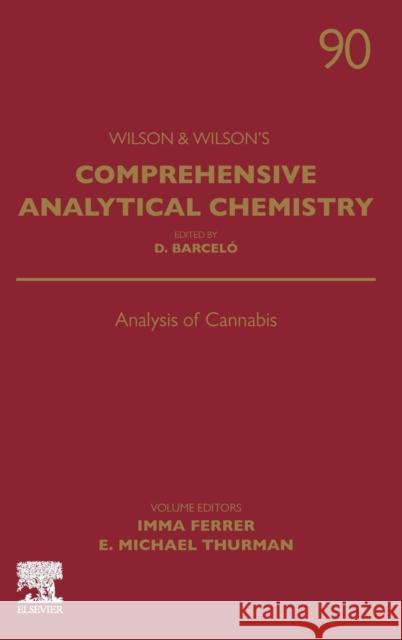Analysis of Cannabis: Volume 90 » książka
topmenu
Analysis of Cannabis: Volume 90
ISBN-13: 9780444643414 / Angielski / Twarda / 2020 / 516 str.
Kategorie:
Kategorie BISAC:
Wydawca:
Elsevier
Seria wydawnicza:
Język:
Angielski
ISBN-13:
9780444643414
Rok wydania:
2020
Numer serii:
001081271
Ilość stron:
516
Waga:
0.85 kg
Wymiary:
22.86 x 15.24 x 2.87
Oprawa:
Twarda
Wolumenów:
01
Dodatkowe informacje:
Bibliografia











